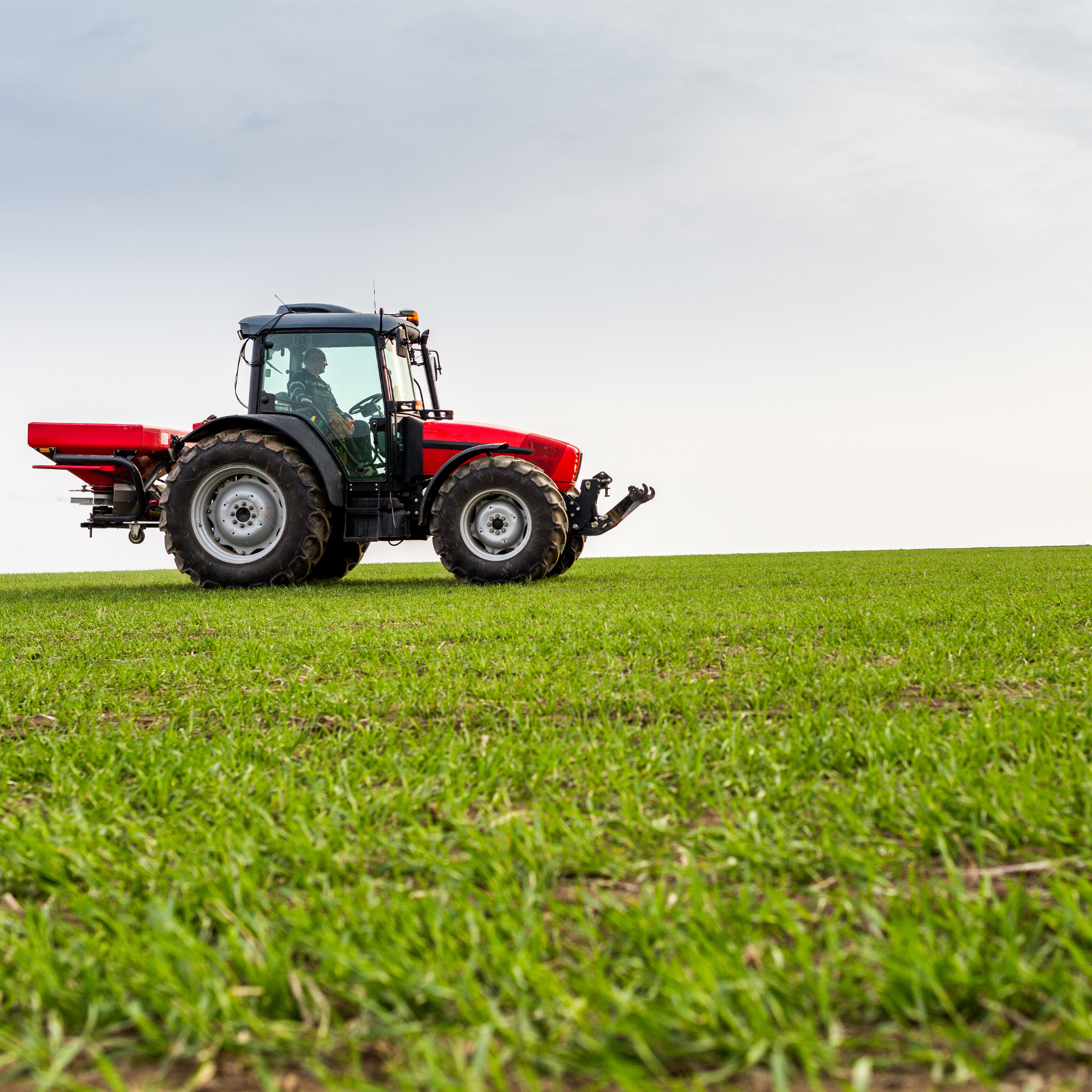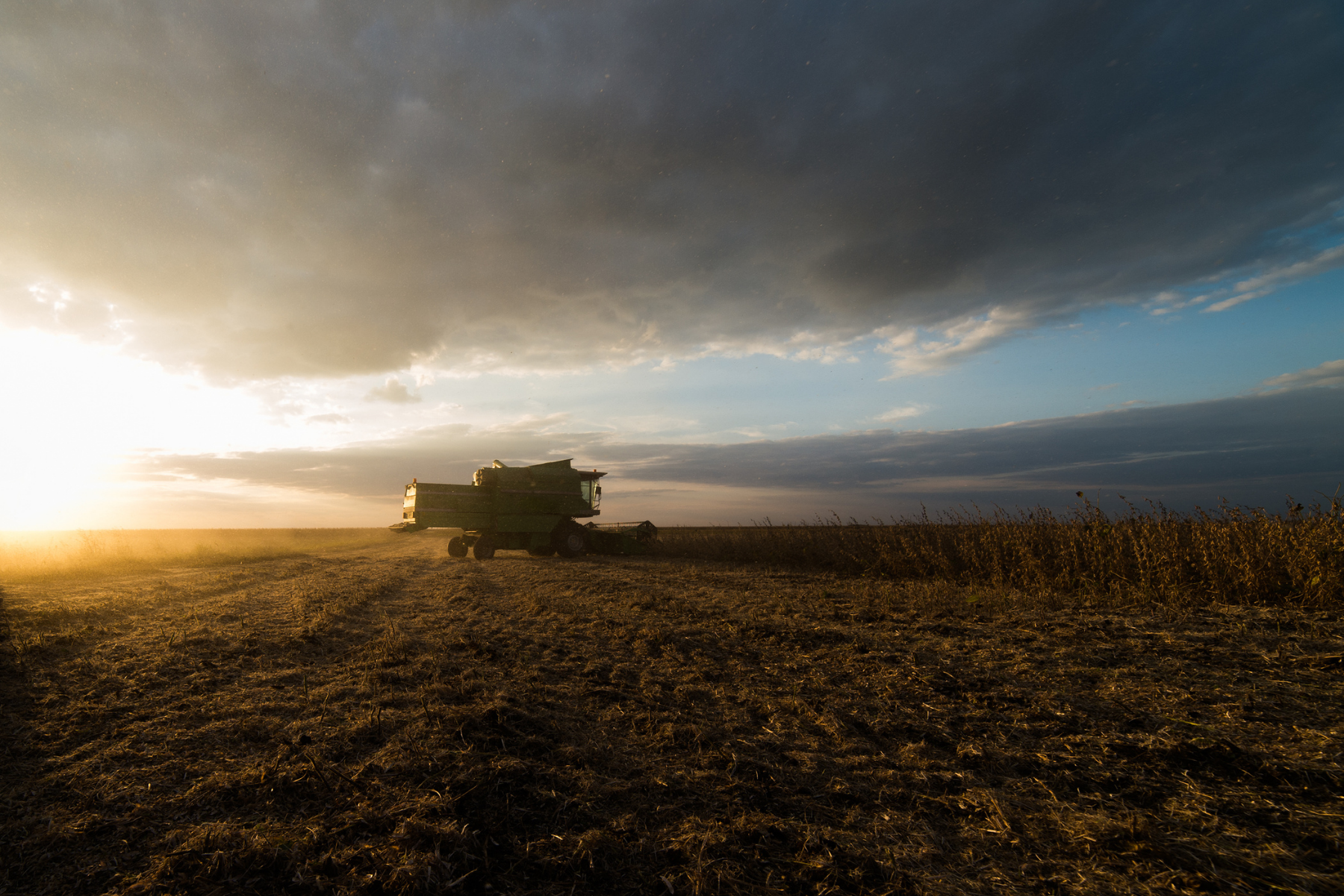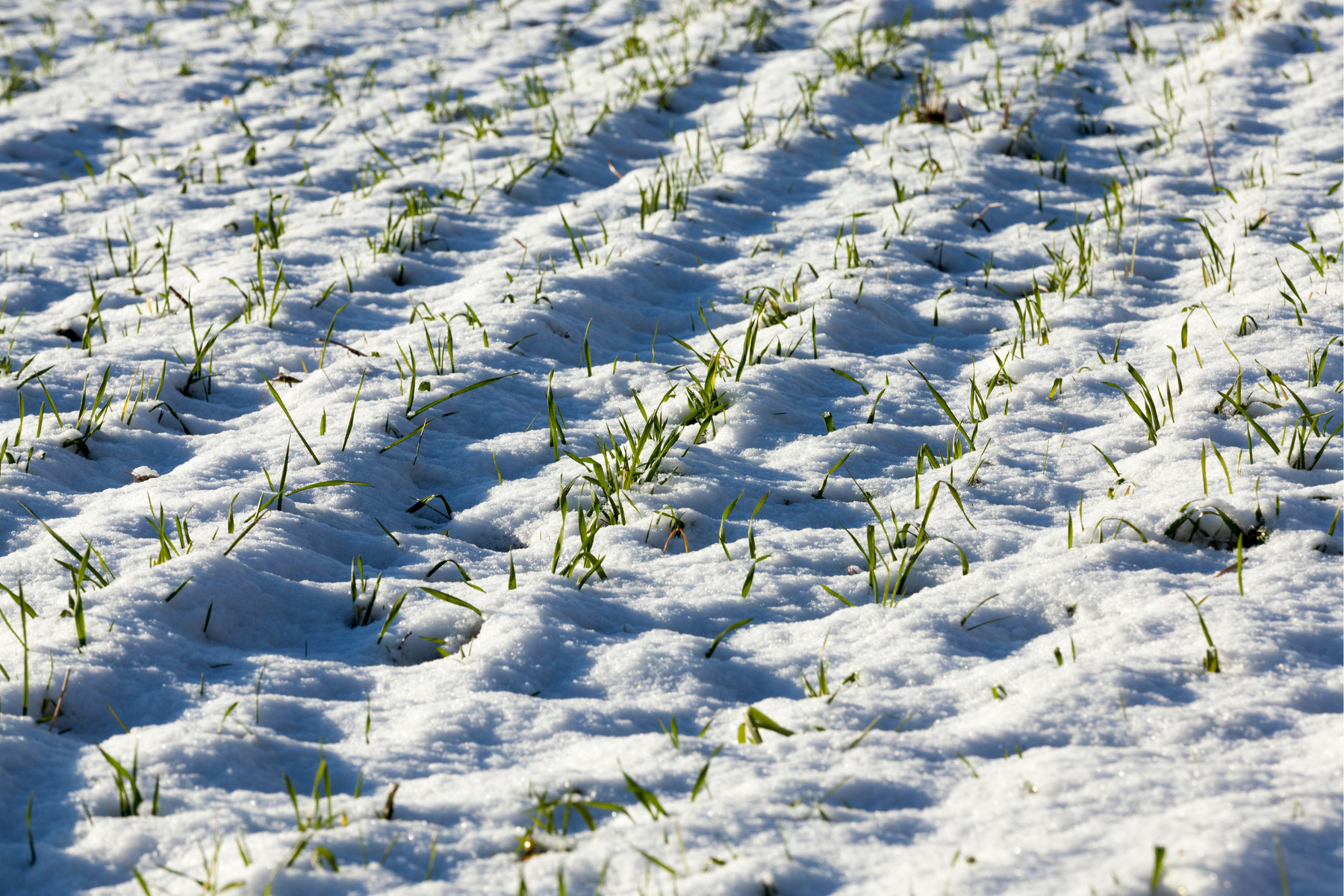As the season progresses and your crops reach their crucial growth stages, ensuring they have access to the nutrients they need becomes increasingly important. Nitrogen, a vital element for plant growth, plays a significant role in maximizing your yield. However, managing nitrogen effectively can be a challenge, especially during late-season applications. That’s where nitrogen stabilizers come into play, offering a solution to enhance nutrient efficiency and protect your investment.
What are nitrogen stabilizers?
Nitrogen is a crucial nutrient for plant growth, but it can be tricky to manage efficiently. Nitrogen stabilizers are products designed to enhance nitrogen efficiency in the soil, preventing its loss through leaching or volatilization. By stabilizing nitrogen, these products ensure that more of it remains available to your crops when they need it most.
The importance of late season nitrogen application
Late season nitrogen application refers to applying nitrogen fertilizers during the later stages of crop growth, typically after flowering. While traditional wisdom may suggest applying nitrogen earlier in the season, recent research has shown that late season applications can be highly effective, especially for crops like corn and wheat.
Benefits of nitrogren stabilizers and late season application
- Improved Nutrient Uptake: Nitrogen stabilizers help keep nitrogen in the root zone for longer periods, allowing plants to take up more nutrients when they need them, leading to healthier and more vigorous growth.
- Reduced Environmental Impact: By minimizing nitrogen loss through leaching or volatilization, these products contribute to environmental sustainability by reducing nutrient runoff and greenhouse gas emissions.
- Enhanced Yield Potential: Late season nitrogen application ensures that crops have an adequate supply of nitrogen during critical growth stages, maximizing their yield potential and quality.
Choosing the right product
When selecting a nitrogen stabilizer for late season application, it’s essential to consider factors such as soil type, weather conditions, and crop requirements. At Sylvite Agri-Services, we offer a range of nitrogen stabilizers tailored to suit your specific needs, backed by expert advice and support to help you make the best decision for your farm.
Best Practices for late season nitrogen application
- Timing is Key: Apply nitrogen when crops have the greatest demand for it, typically during the reproductive stages. Monitor crop growth stages closely to determine the optimal timing for application.
- Proper Application Techniques: Ensure accurate application rates and uniform coverage to maximize nitrogen uptake by crops and minimize potential losses.
- Monitor Soil Conditions: Regularly monitor soil moisture levels and weather forecasts to adjust application timings and rates accordingly, optimizing nitrogen utilization and minimizing environmental impact.
Summary
Nitrogen stabilizers and late season nitrogen application offer significant benefits for Ontario growers, helping to maximize crop yields, improve nutrient efficiency, and protect the environment.
At Sylvite, we understand the importance of adopting innovative farming practices to stay ahead in today’s competitive agricultural landscape. That’s why we offer a comprehensive range of nitrogen fertilizers tailored to meet the specific needs of growers. Whether you’re looking for traditional granular fertilizers or liquid formulations, we have the products and expertise to support your success.
Our team of agronomy experts is dedicated to helping you optimize your crop production and maximize your profitability. From soil testing and fertility recommendations to customized nutrient management plans, we’re here to provide you with the support and resources you need to achieve your production goals.




